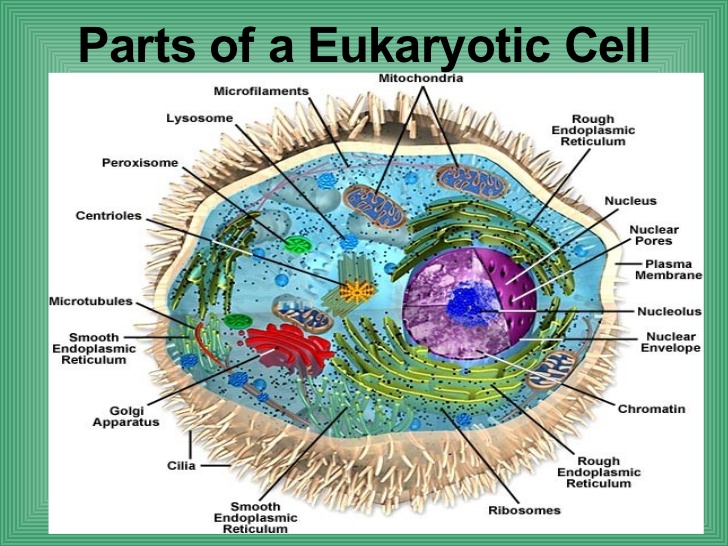20+ Eukaryotic Plant Cell Parts And Functions
Eukaryotic Plant Cell Parts And Functions. These are organelles pertinent to plant cells. There are various types of plant cells namely:

Eukaryotic cells are larger and more complex than prokaryotic cells found. In an animal cell, the nucleus is located in the central place of the cell. Protects the cell from injury, undesirable molecules and pathogens.
escalier modulaire quart tournant haut gaine electrique apparente flintlock pistol holster for sale escalier gomera quart tournant
Pin on cell model
Unlike the animal cell lacking the. Colorful animations make these flash games as fun as it is educational Plant cells have a rigid, protective cell wall made up of polysaccharides. Fluid collects in the plant cell vacuole and pushes out against the cell wall.

Provides shape to the cell. Most plant and animal cells are only visible under a light microscope, with dimensions between 1 and 100 micrometres. Eukaryotic cells are larger and more complex than prokaryotic cells found. As a result, the cell is referred to as the structural and functional unit of all living organisms. Colorful animations make these flash games as.

The two major parts of a typical eukaryotic cell are the nucleus and the cytoplasm. An animal cell is a eukaryotic cell that lacks a cell wall, and it is enclosed by the plasma membrane. Plant cells are eukaryotic cells present in green plants, photosynthetic eukaryotes of the kingdom plantae.their distinctive features include primary cell walls containing cellulose, hemicelluloses and.

As an organism grows, its cells become mature enough to perform specific functions. Most plant and animal cells are only visible under a light microscope, with dimensions between 1 and 100 micrometres. Protects the cell from injury, undesirable molecules and pathogens. Plant cells are eukaryotic cells present in green plants, photosynthetic eukaryotes of the kingdom plantae.their distinctive features include primary.

Even though plant and animal cells are eukaryotic and share a few cell organelles, plant cells are quite distinct compared to animal cells as they perform different functions. Plant cells have a rigid, protective cell wall made up of polysaccharides. Any physical part is part of plant cell anatomy. Most plant and animal cells are only visible under a light.

The plant cell nucleus is the specialized cell organelle that contains chromatin, nucleolus and nucleoplasm enclosed by a layer of the perforated nuclear envelope. The two major parts of a typical eukaryotic cell are the nucleus and the cytoplasm. Plant cell parts are almost similar to animal cells with few exceptions and functional differences. Here are some key terms to.

Animal cell parts and functions all animals, including you and i, are made of the same basic building block called the animal cell. As a result, the cell is referred to as the structural and functional unit of all living organisms. The cell (from latin word 'cellula' meaning small room) is the basic structural and functional unit of life.every cell.

In spite of the differences in size and complexity, all cells are mostly composed of the same substances and they all carry out similar life functions. Fluid collects in the plant cell vacuole and pushes out against the cell wall. These differences can be clearly understood when the cells are examined under an electron microscope. Plant cells have a rigid,.